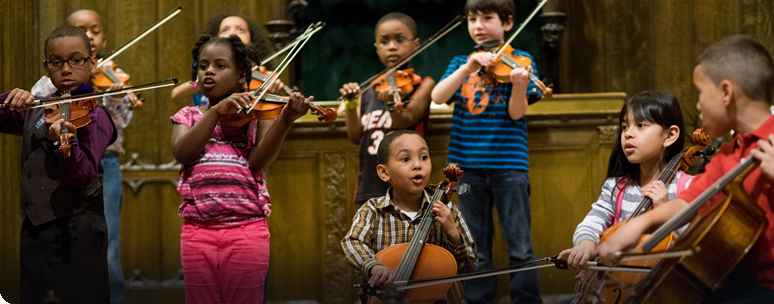Hindemith’s Visceral Viola SonataAs we look forward to the first Sonata Series Event of the season, violist Chloë Kline offers this insider view of the piece she’ll be performing this Thursday at 7 pm. Join us for Sonata Series Event #1 in person or online! Click for more information. Hello faithful CMW blog readers, I’m sending a pre-Sonata Series update about the incredible piece I’ve been working up: Hindemith’s Solo Sonata Op. 25 No. 1. This piece, written in 1922 by German composer Paul Hindemith, has been on my performing bucket list for a long time, and it’s been a lot of fun (though I admit there has been a fair amount of ibuprofen involved!) to work on it this fall. Hindemith is my favorite 20th-century composer—which is only partly because of all the incredible music he wrote for viola. He went through several distinct stylistic periods (his early music was in the late Romantic tradition, then he moved into more Expressionist writing, and then in the 1920s his writing matured into a style that has been called the “New Objectivity” style) – but across his compositions I find that there is an inventiveness and vividness that really pulls me in. I find his music completely visceral—the fast and manic movements feel like they’re pulsing within your very organs, and the more lyrical moments can make me feel like I’m floating on a gentle tide. One of the unusual and fascinating aspects of playing Hindemith’s music is that there are recordings of Hindemith performing his own music—he performed—and recorded—a great deal up until his death in 1963, and there are at least two surviving recordings of him performing this sonata. (Many of his viola and chamber music performances are no longer available, though there are a lot of him conducting his orchestral works.) I found it incredibly intense to hear Hindemith’s recordings as I was working this up. The recordings are OLD and the sound is unpolished and sometimes downright scratchy and warped. But it’s also like studying a foreign language and suddenly hearing a native speaker for the first time—all of a sudden, the phrases lock into focus in a new way, and the direction and intention of the music are newly clear. Here’s a 1934 recording of the piece as performed by the composer: As a performance, the recordings are uneven…scroll through the YouTube comments, and you’ll find a lot of complaints about his intonation, his tempi, or the fact that he ignores a lot of his own markings…but in my opinion, all that is secondary. Wikipedia captures what I’m trying to express in a comment from a critic for OPERA magazine in 1954: “Mr. Hindemith is no virtuoso conductor, but he does possess an extraordinary knack of making performers understand how his own music is supposed to go”. I’ll talk a little bit more about the structure of the piece and the different movements on October 20th (spoiler alert: the 4th movement is straight adrenaline) but in the meantime, enjoy this musical blast from the past. I hope to see you there! —Chloë Kline, violist Join us in-person or online Thursday, October 20 at 7 pm EST for Sonata Series Event #1.
|
